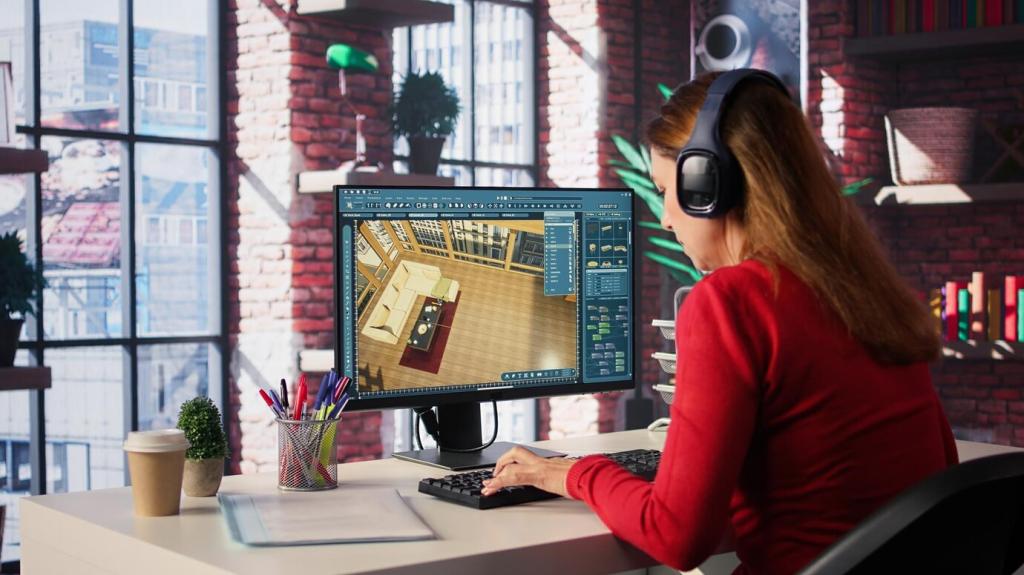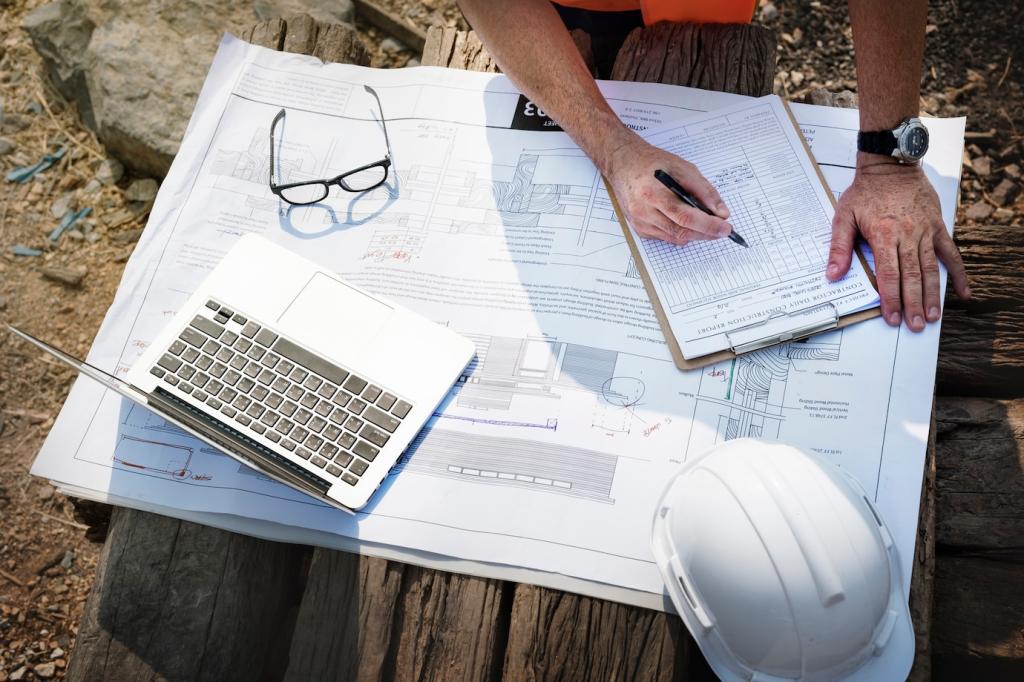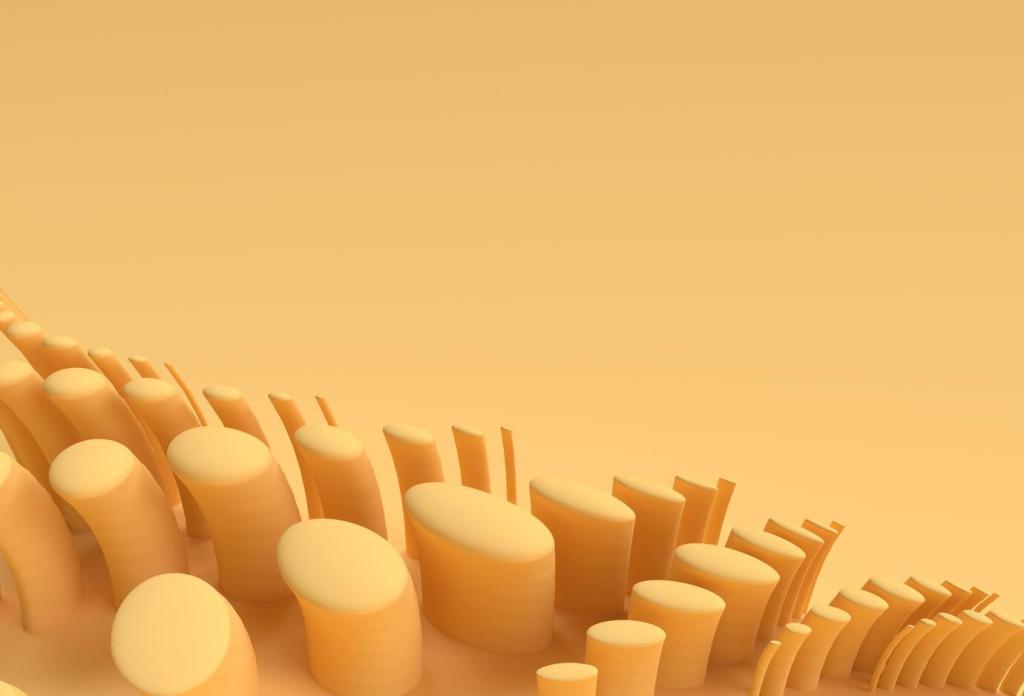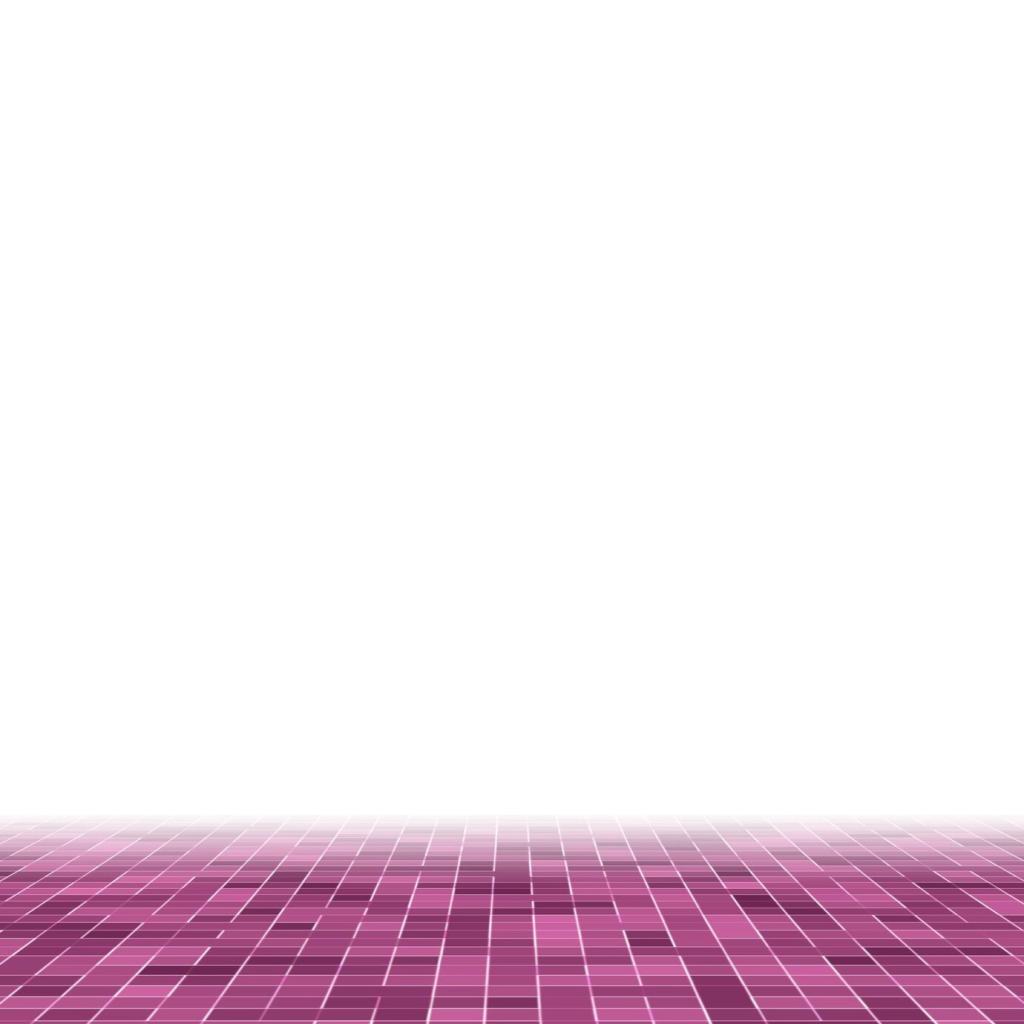Urban Furniture, Paths, and Play
Motion studies inform seat curvature and backrest angles, producing benches that invite lingering rather than perching. Gentle channels guide rain away from seams. Embedded reflectors and tactile cues improve nighttime legibility without bulky add-ons or visual clutter.
Urban Furniture, Paths, and Play
Interlocking printed pavers create capillary gaps that capture runoff and feed planted strips. Swapping a few modules introduces directional patterns that subtly guide pedestrians, while integrated anchors simplify swapping damaged units without disturbing healthy vegetation or surrounding stonework.










